Constable Zachary Rolfe (left), Kumanjayi Walker (right) and the Yuendumu community where the latter was fatally shot (inset). Photo montage: News Corp., Daily Mail, The Australian.
“The future is not set. There is no fate but what we make for ourselves.” Tell that to the friends and family of Kumanjayi Walker, whose 2019 death at the hands of police carried a sense of inevitability.
A “special needs” child numbed by his surroundings to aggression, alcoholism and acting out, Kumanjayi’s tragedy is echoed hundreds of times over in First Nations communities handily isolated from (and widely ignored by) ‘mainstream’ Australians going about busy lives in Sydney or Melbourne.
The story below will focus on this wreckage of a life – not the blunt scissors he used to cause a tiny wound, nor the lethal response from a policeman “mentored” by Ben Roberts-Smith (because, y’know, who else would it be?)
It will instead pose the critical questions: did Kumanjayi ever have a chance at life (or the agency to make life choices) and did he deserve his fate?

Kumanjayi Walker and his girlfriend, Rickisha Robertson. Image: Facebook
Born Arnold Charles Walker on 13 October, 2000, the obvious red flags around Kumanjayi from day one yielded little in the way of meaningful intervention. His mother sniffed petrol and drank heavily while pregnant, teachers later pegging Kumanjayi as a “special needs” student.
Abandoned by his mother soon after birth, Kumanjayi reportedly spent his formative years in “filthy” households where “alcohol abuse and severe domestic violence” were an everyday occurrence. The young boy went through “ear and chest infections, nits and scabies”, intermittently moving between wretched locations like crime-addled Yuendumu Community north-west of Alice Springs, the scene of infamous riots in 2010.
As a result, Kumanjayi “failed to thrive”, a condition where poor nutrition causes behavioural problems and developmental delays. He wagged school, wandered around the streets at night, began breaking into homes from the age of 11 and started sniffing petrol (together with marijuana and alcohol abuse) at 13.
Kumanjayi entered a program to address his petrol sniffing, where he was described as being unable to control his emotions, with poor impulse control. Program staff suspected Kumanjayi may have suffered in utero brain damage through his mother’s petrol-sniffing.
The following year, his primary school concluded it was not suitable for Kumanjayi’s special needs. “We do not have the services/resources (he) requires (and he) is growing older, his needs (are) increasing and he is becoming more difficult to care for”, the school principal wrote.
Kumanjayi’s grandmother told The Australian he began wagging school because “kids teased him”. “They call him crazy, and he had (anger management) problems since he was young”, she added.
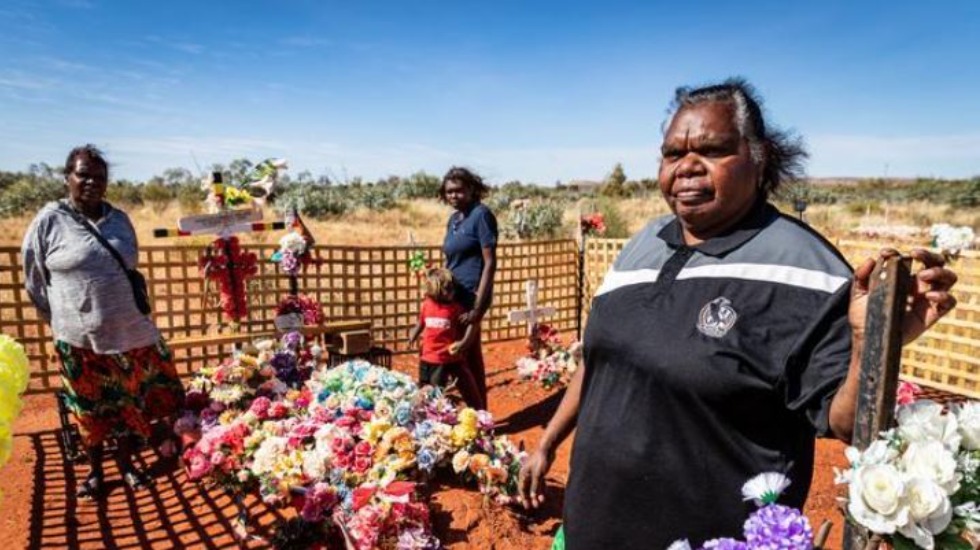
Kumanjayi Walker’s foster mother Leanne Oldfield (right) visiting his grave. Picture: Amos Aikman, The Australian
There’s no doubt Kumanjayi was a serious problem for authorities and communities as he entered his teens. In 2014, he broke into the Yuendumu Medical Clinic and the community’s early childhood learning centre, wrecking both.
PLEASE HELP US CONTINUE TO THRIVE BY BECOMING AN OFFICIAL FOOTYOLOGY PATRON. JUST CLICK THIS LINK.
In a later incident, a female government worker who visited Kumanjayi was whisked away to safety when he picked up an iron bar and threatened to “smash” her. The following year, he met his girlfriend, Rickisha Robertson … and, in line with the abuse he’d witnessed as a child, began bashing her.
Amid a spate of further burglaries, vandalism and assaults on his part that went on for years afterwards, Kumanjayi moved in with his grandmother in 2015, at the house where, four years later, he was fatally shot. Tragically, the same Yuendumu Medical Clinic Kumanjayi had earlier wrecked would be evacuated, due to the break-ins, on the very morning of his fatal shooting in November, 2019.
Had it been open, that clinic, and its staff, may well have saved his life.

The house at Yuendumu Community where Zachary Rolfe fatally shot Kumanjayi Walker. Photo: The Australian
So was Kumanjayi Walker responsible for the actions that led to his death, and the burglaries, vandalism and assaults that preceded it? In the eyes of the courts which dealt with him over the years, the answer is “yes”.
However, there remain massive questions around his treatment and fate. Australia’s attorneys general have agreed to increase the age of criminal responsibility to 12 years (an age justice groups want raised further) but how old, mentally, was Kumanjayi at the time of his death and in the years before, when he was earning his incorrigible reputation?
Staff at the petrol sniffing program Kumanjayi attended thought he was hard to engage and lacked insight into his behaviour. “He has poor understanding of what he does as he often acts on impulse and does not understand the consequences of his actions,” the program co-ordinator wrote in notes obtained by The Australian.
“Kumanjayi had little understanding of the effect his behaviour had on his victims, such as when he stole a Yuendumu medical clinic car and how this prevented people in the community from getting medical treatment”, journalist Kristin Shorten wrote.
Let’s re-cap. Before he was born, Kumanjayi is believed to have suffered damage to his brain’s frontal lobe after his mother sniffed petrol and abused alcohol. A syndrome associated with frontal lobe damage produces “impulsive behaviour, difficulty in controlling emotions … poor judgement and failure to appreciate/anticipate consequences of their actions”, according to the Journal of Neurotrauma.
That description, in a nutshell, was Kumanjayi Walker. Criminal responsibility implies the ability to understand right from wrong and the consequences of one’s actions; Kumanjayi arguably had insight into neither.
Above and beyond the normalisation of violence he witnessed, the developmental delays and behavioural problems he incurred from his ‘failure to thrive’, and the seething, unarticulated anger he almost certainly harboured as a result of his wretched plight and the ridicule he went through, Kumanjayi’s almost certain brain damage rendered him deserving of better than what our largely inflexible, often-punitive justice, education and welfare systems can produce.
“There is no fate but what we make for ourselves.” Kumanjayi Walker lacked the ability to make his own fate, as he couldn’t fully understand the choices.
His tragedy says more about us than it does about him.

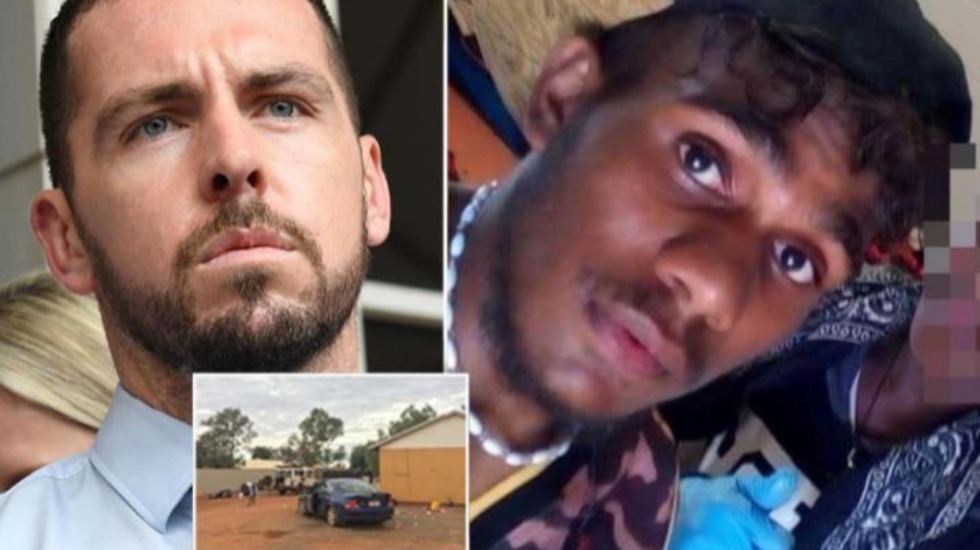


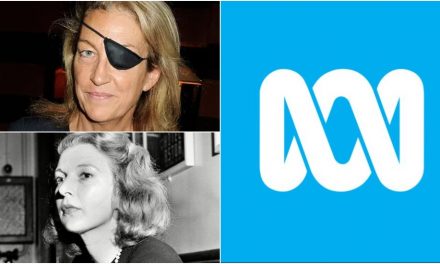
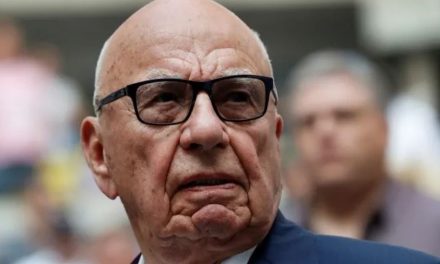

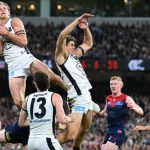
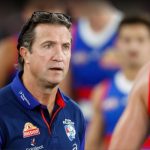



Thanks Andrew. I’ve just read a Jamahl Cole speech on Speakola. The common denominator is lack of hope. Our country must provide this. There are liquor stores everywhere in black Chicago neighbourhoods. Once again, an existence made tolerable by numbing from a young age.
A tragic story that underlines the adverse effects that whites have had and are having on First Nations people.
The racism in the treatment of Kumanjayi is blatant, the disregard of his health issues and the health issues of the community where he lived is criminal.